Women's magazines are dying – will we miss them when they're gone?
Magazines like Glamour, Cosmopolitan and Vogue have influenced women's lifestyles and attitudes for decades, Lavanya Ramanathan reviews their history and considers what will be left in their absence
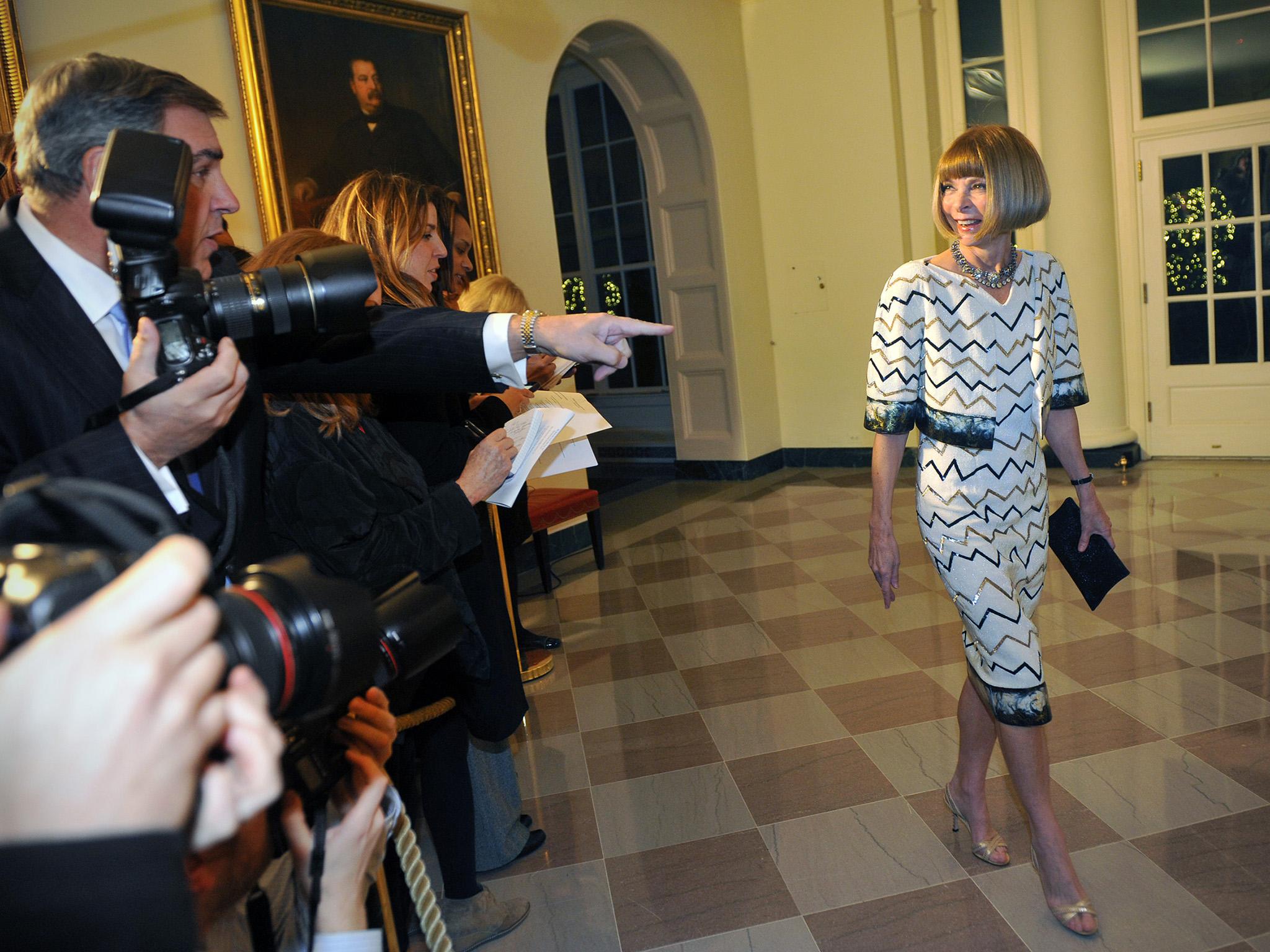
Your support helps us to tell the story
From reproductive rights to climate change to Big Tech, The Independent is on the ground when the story is developing. Whether it's investigating the financials of Elon Musk's pro-Trump PAC or producing our latest documentary, 'The A Word', which shines a light on the American women fighting for reproductive rights, we know how important it is to parse out the facts from the messaging.
At such a critical moment in US history, we need reporters on the ground. Your donation allows us to keep sending journalists to speak to both sides of the story.
The Independent is trusted by Americans across the entire political spectrum. And unlike many other quality news outlets, we choose not to lock Americans out of our reporting and analysis with paywalls. We believe quality journalism should be available to everyone, paid for by those who can afford it.
Your support makes all the difference.In late November, Glamour came to the same conclusion reached by so many other women’s magazines these days: After 80 years in mailboxes and grocery store checkouts, it will stop publishing its glossy monthly, ending with the January issue. For Glamour, print is officially dead, the inexorable “pivot to digital” now complete.
Teen Vogue, a junior version of the fashion bible, was already there. Self, purveyor of 1,000 ways to say goodbye to your back fat, disappeared from the racks in 2017. Seventeen, once a lifestyle primer for high school girls everywhere, now will publish only special issues, and Redbook, one of the “seven sisters” of magazines for suburban housewives, is high-tailing it to the web as well.
The magazine industry as a whole has been belt-tightening for years thanks to a print advertising famine, eliminating costly paper copies while trying to establish a beachhead on the internet. Yet women’s publications somehow feel much more endangered than the rest, especially now that even the woke online upstarts that once aimed to replace them – sites like the Hairpin, Rookie and the Toast – are themselves turning off the lights.
From Ladies’ Home Journal (still hanging in there, but downgraded to a quarterly) to email-based Lenny Letter (extinguished last autumn, after a wild three years), these publications helped mould tastes, define mainstream feminism (as well as femininity) and give talented female journalists a leg up into high-flying media careers. Their demise feels like a loss – but is it?
For generations, women’s magazines filled a complex cultural niche, adopting the voice of a concerned big sister to chide women into keeping up with the current hemlines – but also the current headlines. One Sassy cover touted a piece explaining why Israelis and Palestinians would never achieve peace and another on why women really ought to pout more. Jane told women how to wear jeans to work without getting fired. You could read a sombre article about abusive boyfriends, or kill time with a quiz about your flirting style.
The glossies were relatable, visually pleasing and useful all at once – a tactile, addictive habit.
“You could tear out the page and say, ‘This is the haircut I’m going to bring to my hairdresser,’” says Lisa Pecot-Hébert, an associate professor of journalism at the University of Southern California’s Annenberg School. “There was just something about a glossy, to read and engage with.”
Even if you didn’t subscribe, dog-eared copies of Marie Claire, Good Housekeeping and Seventeen found their way to you – at the doctor’s office, at a friend’s apartment, in a classroom. For every copy of a thick glossy that landed in a mailbox, there was usually not one but several readers.
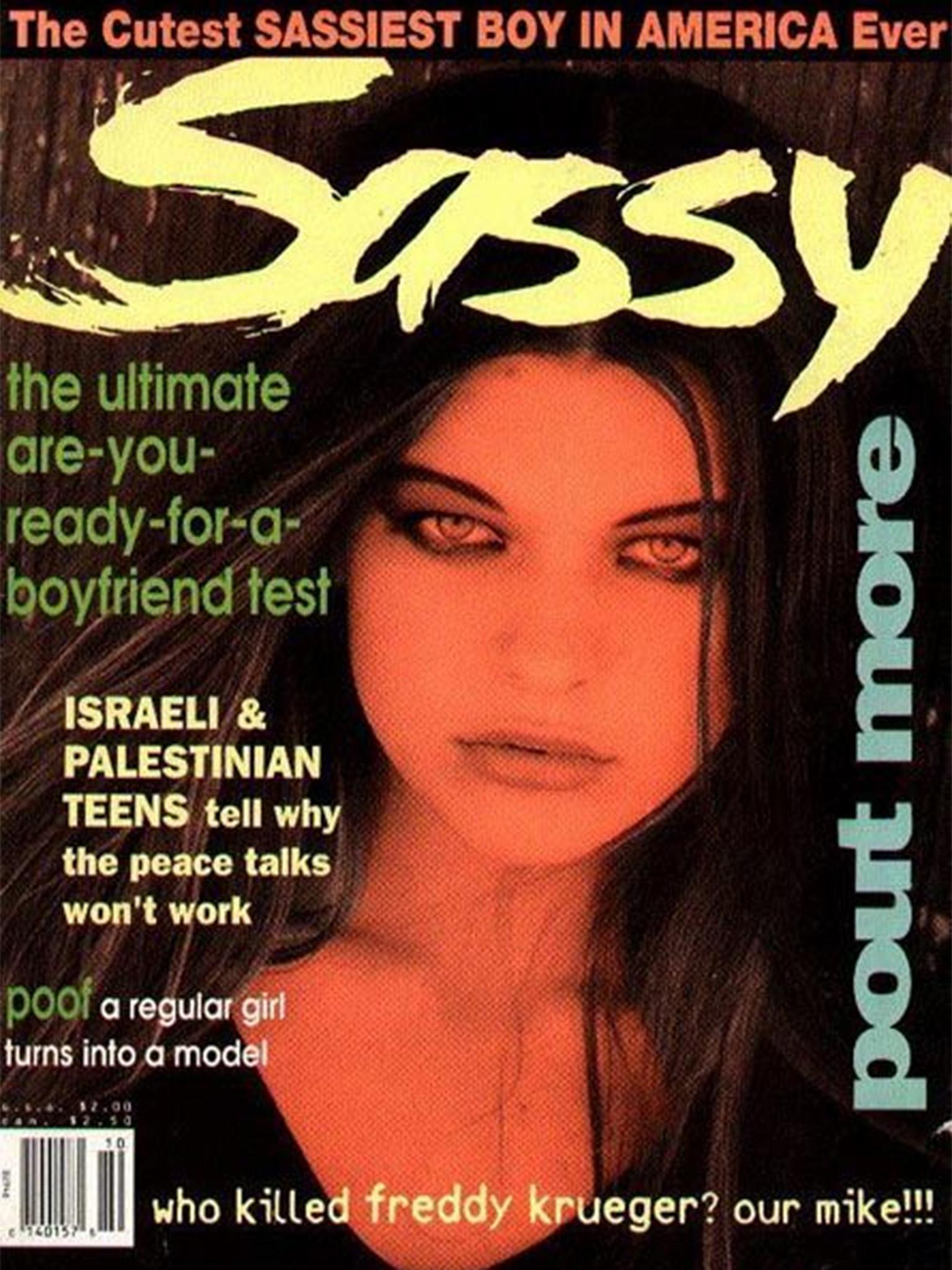
It was the homemaking magazines, beginning with McCall’s and the Ladies’ Home Journal in the late 1800s, that spurred the craze for women’s tips and advice. Glamour, initially a Hollywood gossip rag, followed in 1939. Seventeen, which offered the same formula for the not-quite-yet-a-woman set, dispatched its first issue in 1944. Cosmopolitan homed in on a female audience in 1965, when Helen Gurley Brown took the helm of the dusty literary magazine and unveiled a brand intertwined with sex and feminism; among the first stories she edited was one about the pill.
“At a time when mainstream media didn’t pay attention to issues that mattered to women, they were a place that could bring attention to those things,” says Harriet Brown, a Syracuse University magazine journalism professor whose own career took her briefly to Redbook.
In 1968, Glamour was the first fashion magazine to feature a black woman, Katiti Kironde, as the cover model, a gesture towards inclusion amid the civil rights movement. In 1976, dozens of editors of women’s and teen magazines agreed to cover the Equal Rights Amendment, with stories that would reach their collective 60 million readers. In the 1990s, Self launched the now-ubiquitous pink ribbon campaign to raise awareness of breast cancer. And back when you could still clutch the miniature Teen Vogue in your hands, the magazine delivered one of the most talked-about op-eds of the 2016 election, entitled “Donald Trump Is Gaslighting America”.
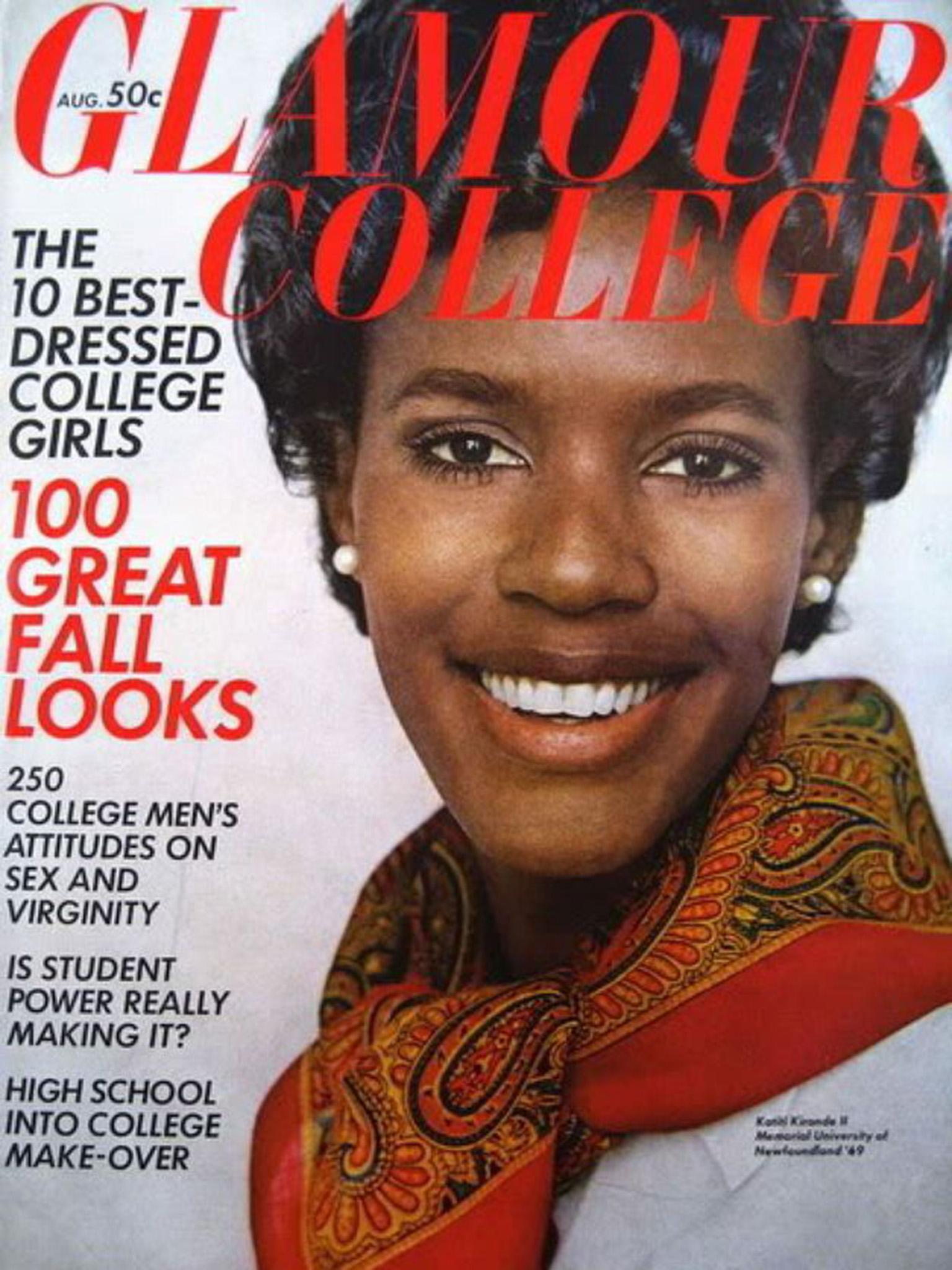
In their heyday, these publications also offered a pipeline for the nation’s best women journalists. Joan Didion worked for Vogue in the 1960s. Susan Orlean and Gloria Steinem wrote for Glamour. Good Housekeeping published Betty Friedan, who used her word count to ... not-so-subtly eviscerate women’s magazines. These publications gave us iconic editors such as Tina Brown and Anna Wintour, not to mention a sea of lesser-known ladybosses.
Thumb through old issues of women’s magazines, says Katie Sanders, a freelance journalist who writes for several women’s magazines, “and you see how a woman’s role in history is not only changing, but how Glamour and some of the other women’s magazines were driving that change.”
Still, these magazines battled a sense that they were somehow lesser. “A lot of it was sexism, and people not taking them seriously because they were meant for women,” says Andrea Bartz, a novelist who worked at five such magazines, all of which have folded their print editions. “But men’s magazines – they were allowed to have a grooming section and a clothing section, and that was fine.”
Plenty of the criticism levelled at the magazines came from women themselves. In 1990, Gloria Steinem announced that Ms magazine would part company with all of its advertisers; she also took a swipe at what she saw as the cynical mission of other women’s magazines: “to create a desire for products, teach how to use products, and make products a crucial part of gaining social approval, pleasing a husband, and performing as a homemaker.”
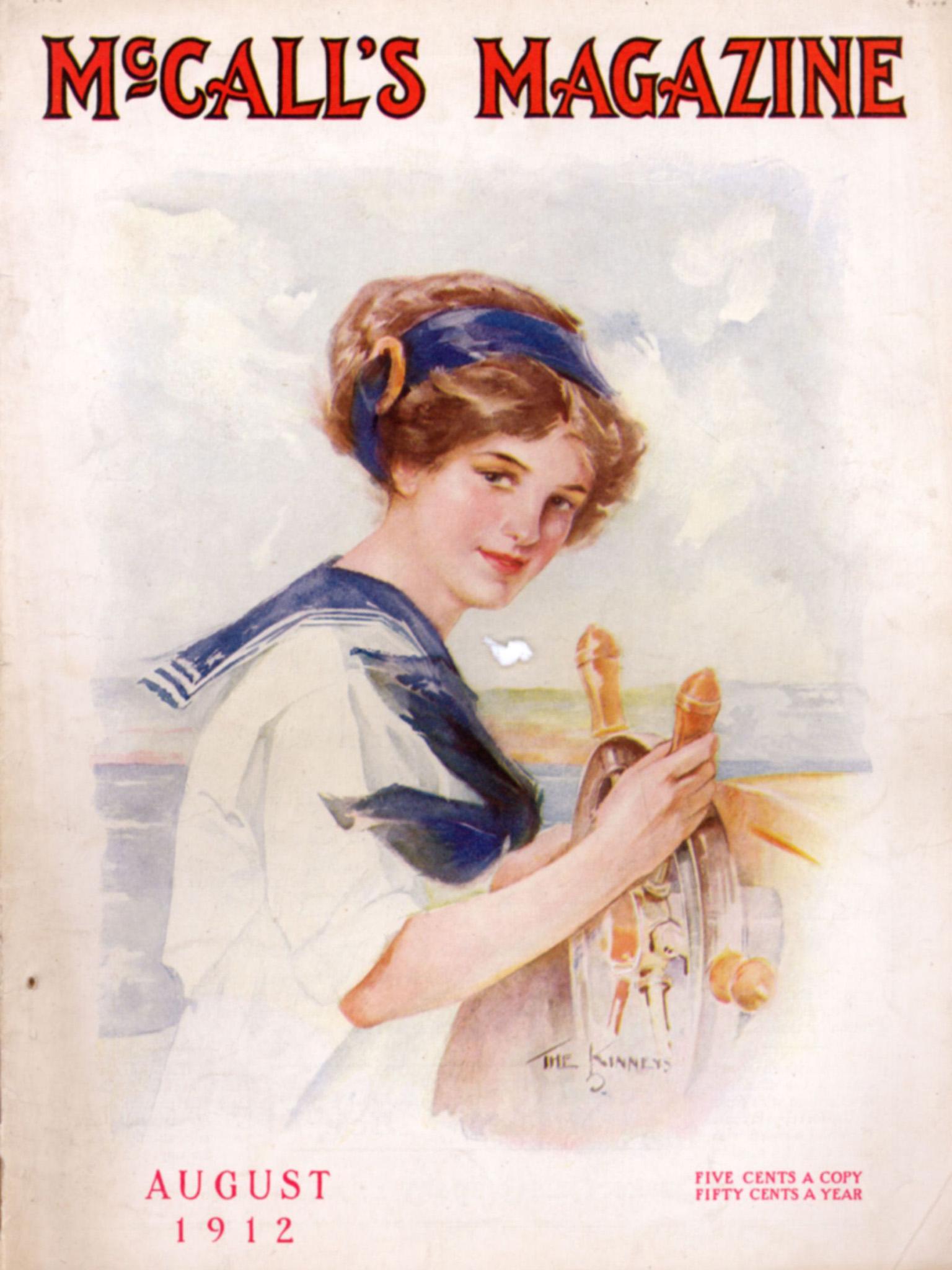
On one 1959 cover, Glamour trumpeted that “9 out of 10 American women can be more beautiful”. Cosmopolitan in 1966 offered its readers a “Poor Girl’s Guide to America’s Rich Young Men” and “New, Kooky (but Workable) Cures for Frigidity”. But the rise of feminism in the 1970s and the have-it-all aspirations of the 1980s hardly changed a thing. A 2016 Marie Claire cover still hawked Brazilian secrets for better hair and Korean solutions for skin care.
Many critics believe women’s magazines clung far too long to the problematic formula Steinem described, pummelling readers with messages that their bodies were less than desirable and that their boyfriend’s eyes probably wandered and that only products could fill the void.
They are much more diverse now, says Pecot-Hébert, but through the 1980s and 1990s, “You still had that westernised, ‘beautiful’ person on the cover of the magazine. Whether that person was discussing recipes or that person was selling a bathing suit, there was that same kind of woman that I don’t know if most women could identify with.”
They also often felt the same. Most of the widest-read titles shared the same publishers – Condé Nast, Meredith and Hearst. Writers and editors, too, seemed to shuffle from one glossy to another, in a great big game of lady-media musical chairs.
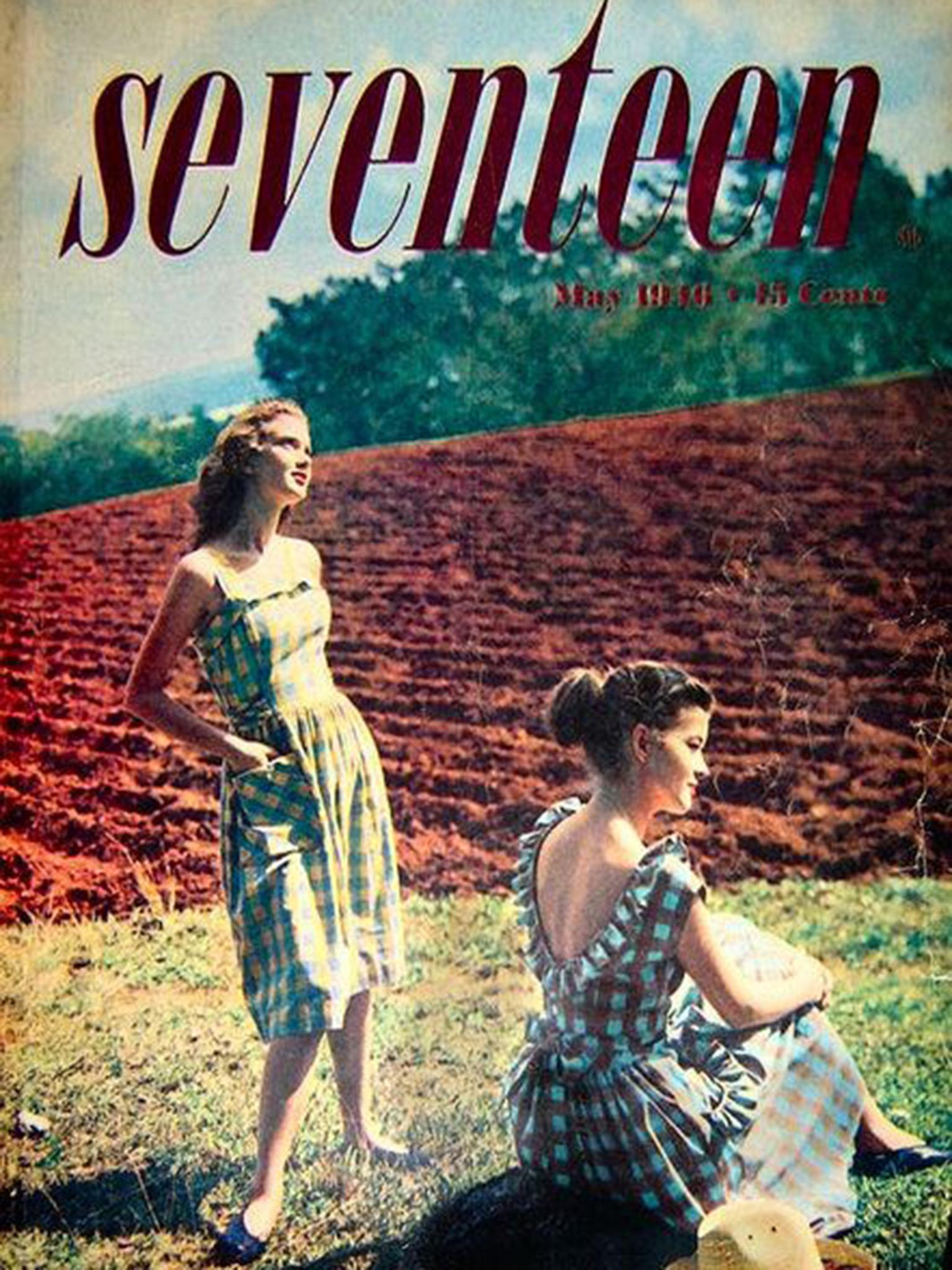
The magazines’ insistence on the status quo, even as womanhood changed dramatically, led them to irrelevance, says Brown. In an era of radical body acceptance and umpteenth-wave feminism, “I don’t want to read 2,500 articles a year on how to lose 10 pounds or get rid of my love handles. It’s reductive, and it’s superficial.”
Their formula is also everywhere these days.
What women’s magazines once delivered to readers from New York to Topeka to Sacramento – the girlfriend-style advice, the gospels of orgasms and equal pay, the reminders to always be dieting – can now be found many places online, from the #fitspo posts on Instagram to junior-feminist sites like Jezebel, which has elbowed in on coverage of pop culture, #MeToo and the workplace. Makeup bloggers and YouTube influencers now dictate the Next Big Lipstick Colour and how to get that no-makeup makeup look. Culinary sites like Food52 have cornered what the lady rags used to call “cookery,” with none of the gendered notions about who does the cooking. And low-stakes, cheerfully unscientific personality quizzes? Now, there’s BuzzFeed for that.
And, of course, some of the stuff you once loved can be found online under the same old banners of yore, as legacy titles try to find new life as web products.
Cosmo’s website lures more than 19 million unique visitors a month, according to comScore, and Glamour can attract more than 6 million. The old brands are drawing YouTube followers with original videos, and with the viral success of pieces like Teen Vogue’s gaslighting essay, embracing anew the brisk women-focused political reporting that made them must-reads a couple decades ago. Their mystique certainly lives on: “The Bold Type”, a TV dramedy inspired by the life of former Cosmo editor Joanna Coles, just taped its third season.
But some fear for what will be lost in the transition.
The old magazines “had fact-checkers on staff,” says Bartz. “They had a team of people whose job was to verify every detail in the magazine ... Everything those magazines were telling me about at the time – nutrition or sexual assault statistics or mental health – it was coming from legitimate sources, and it was verified by the staff there.”
Even if they could still afford that level of rigour, the time when the glossies were one of the most influential resources in women’s lives has come and gone.
“This whole industry is on a wild rollercoaster ride,” says Brown. She’s skeptical of the assumption that print magazines are doomed. But titles in the women’s sector – a Better Homes and Gardens vs a Good Housekeeping, say – have always struggled to differentiate from each other.
“I guess in the stock market they call it ‘a correction,’” she says. “There’s a lot of overlap. In a different media climate, maybe they could survive, but this one won’t support it.”
© Washington Post
Join our commenting forum
Join thought-provoking conversations, follow other Independent readers and see their replies
Comments